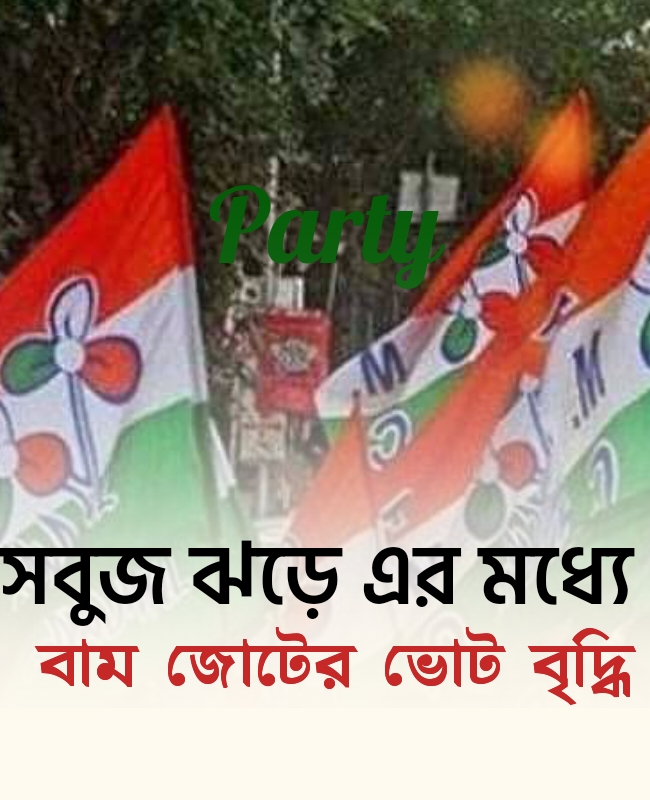A Tale of Two Eras
Explore the profound transformation of India's FMCG sector, pivoted on the landmark economic reforms of 1991. From a protected, necessity-driven market to a competitive, consumer-centric powerhouse.
The Great Divide: Before and After 1991
The 1991 liberalization was the watershed moment that reshaped the entire industry. Click to compare the defining characteristics of the market in the two distinct periods.
The Brand Arena: Survival & Strategy
With the floodgates open, a new competitive battle began. See how resilient Indian brands and adaptable Multinational Corporations (MNCs) fought for market dominance.
The Consumer Revolution
The ultimate winner of liberalization was the Indian consumer. Witness the dramatic shift in purchasing power and preferences that redefined the market.
Shift in Consumer Focus
Rising Purchasing Power
Increased disposable incomes, especially among the middle class, fueled a move from saving to spending, and from basic goods to aspirational products.
Digital Influence
The internet and smartphones revolutionized how consumers discover, research, and purchase products, giving rise to e-commerce, D2C brands, and quick commerce.
Health & Wellness Focus
A growing consciousness about health led to higher demand for organic, natural, and immunity-boosting products, a trend accelerated post-pandemic.
The Retail Landscape: Channels of Change
The way goods reach consumers transformed dramatically. Explore the dynamic co-existence of traditional Kirana stores and the burgeoning modern retail and e-commerce platforms.
The Enduring Kirana Store
Despite the rise of supermarkets, traditional mom-and-pop (Kirana) stores remain the backbone of Indian retail, accounting for nearly 80% of FMCG sales. Their strength lies in deep community ties, personalized service, and offering credit.
Modernization in Action:
- Adopting digital payments and inventory apps.
- Using B2B platforms like JioMart for sourcing.
- Partnering with FMCG giants for tech upgrades.
The Rise of Modern & E-Retail
Supermarkets, hypermarkets, and e-commerce platforms introduced convenience, wider choice, and competitive pricing, fundamentally changing the shopping experience for millions of urban and semi-urban consumers.
Key Drivers:
- Urbanization and faster-paced lifestyles.
- Explosive growth of internet and smartphone penetration.
- Emergence of quick commerce (10-15 min delivery).










